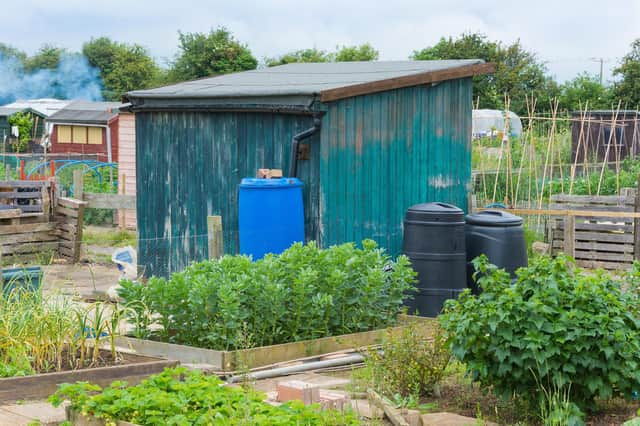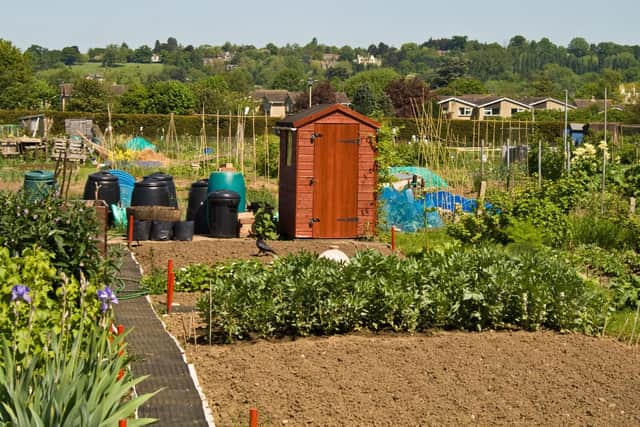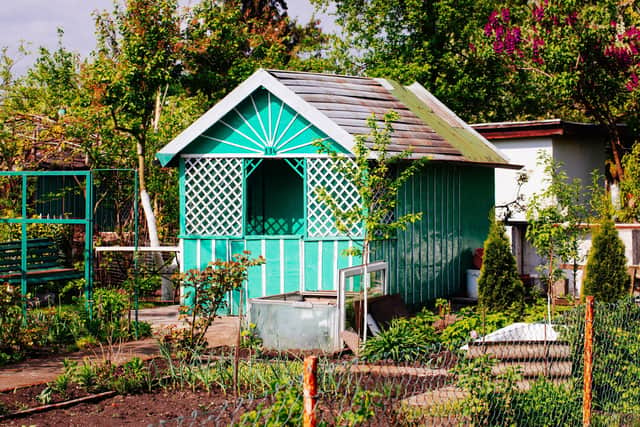Allotment Tales - make sure you get the shed that’s just right for you


Allotment sheds can be anything from a tumbledown shelter used to store some allotment paraphernalia to something much grander with comfy chairs and a stove.
To the outsider, a collection of ramshackle huts is probably one of the least attractive features of an allotment site. Aware of this, some local authorities are stipulating that huts should be of a uniform size and appearance and some are even providing new plotholders with a hut complete with guttering and a water butt. Some new plotholders are opting for rather utilitarian metal sheds.
Advertisement
Hide AdAdvertisement
Hide AdI am a little sad at the stifling of plotholders’ creativity. A wander around any of Scotland’s old-established sites will demonstrate a wealth of ingenuity as discarded front doors and double-glazed windows are put to good use.


My own site has some fine examples of old huts which have stood the test of time as successive plotholders have lavished attention on them, replacing rotten wood and repairing leaky roofs.
This is the time of year when allotments tend to change hands. New plotholders may discover they have inherited an old hut.
However strong the urge is to knock it down and bring in something new, I hope they will pause a while and mull over the possibilities for repair and refurbishment. The basic structure may well be of much better quality than a cheap new hut.
The greatest demand for urban allotments in the late 19th century arose from labouring classes migrating into towns and cities in search of work as the supply of traditional agricultural jobs decreased. There are many examples of Scottish sites dating back to this period particularly in Glasgow and Dundee.


However, there are other areas where the demand came from a different group of people. In the English Midlands, allotments were sought by skilled workers from industries such as silk-weaving and watch-making. These allotments were known as town gardens and five of them, all in the Midlands, feature on the National Heritage List for England.
Individual plots tended to be enclosed by hedges and featured ornamental as well as productive plants. Sheds were on a much grander scale than today in the style of brick-built summer houses. Five summer houses on Coventry’s Stoney Road Allotments are listed as Grade II. Three of them were in such a state of dilapidation that they have just been awarded £63,000 from Historic England towards their restoration and repair.